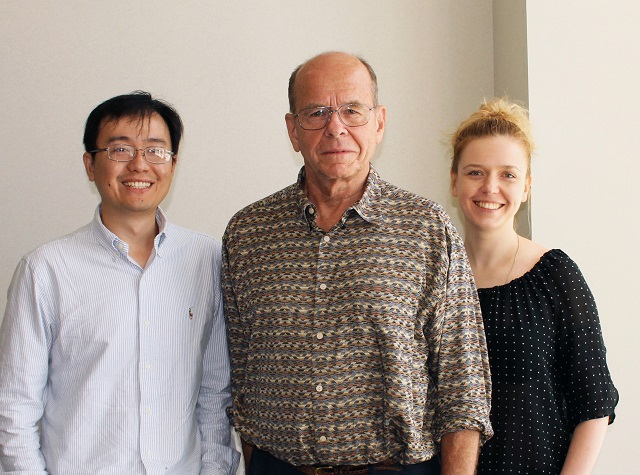 Image Credit: docent/Shutterstock.com
Image Credit: docent/Shutterstock.com
Chemists at The Scripps Research Institute (TSRI) have discovered a new click chemistry reaction which can be used to make novel plastics, smart materials, drugs and many other products.
Powerful Sulfur Fluoride Exchange (SuFEx) reactions allowed the chemists to connect their preferred molecules using derivatives of a commercially common inert chemical. This chemical was made predictably and reliably reactive by the team at TSRI.
Whilst acids-base limitations are not a major concern within many scientific fields, they are a fundamental property of nature and pose a challenging hurdle for chemists to overcome. As these stabile linkers are non-polar and can penetrate cells, they can possibly cross the blood-brain barrier.
As a result, the SuFEx reactivity provides a better understanding of this unexplored chemical function.The team at TSRI was headed by Nobel laureate K. Barry Sharpless. According to Sharpless, the SuFEx reactions are a new emergent phenomenon.

Scripps researchers Jiajia Dong, K. Barry Sharpless and Larissa Krasnova.
Image Credit: Cindy Brauer, The Scripps Research Institute.
Click chemistry was initially discovered in the mid-1990s in order to enhance the existing chemical reactivity. It was later used in the field of chemistry following the discovery of copper-catalyzed azide-alkyne cycloaddition (CuAAC) in 2002, which can be considered the first click reaction. SuFEx is the second ideal click reaction that has been reported by TSRI researchers.
“Sulfer fluoride compounds are known for their high stability, yet we eventually realized that there are ways to make them usefully reactive—the speed and varied reaction environment it tolerates is amazing,”
Jiajia Dong, a research associate at TSRI.
This ultimate breakthrough was achieved by making the SO2F2 reactive. SO2F2 is known commercially as Vikane, which is a common fumigant used to kill termites.
One of the possible applications of SuFEx chemistry is to find novel drugs, diagnostics and other therapeutics. Chemists at TSRI are already employing SuFEx reactivity in order to accurately assemble new molecules from various building blocks.
Sulfur fluorides can be used to link molecular building blocks in order to create polysulfate plastics, a new type of material. Polysulfate plastics have excellent properties that are far superior those of polymers such as polycarbonates.
The study was published in the international chemistry journal, Angewandte Chemie.